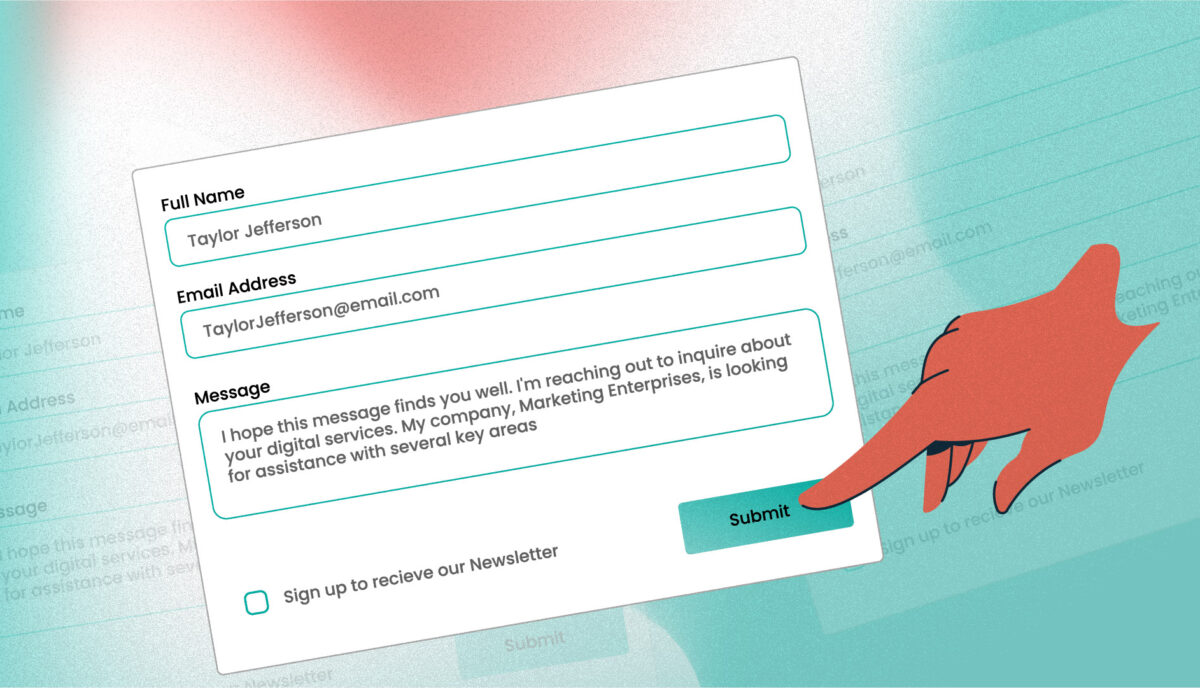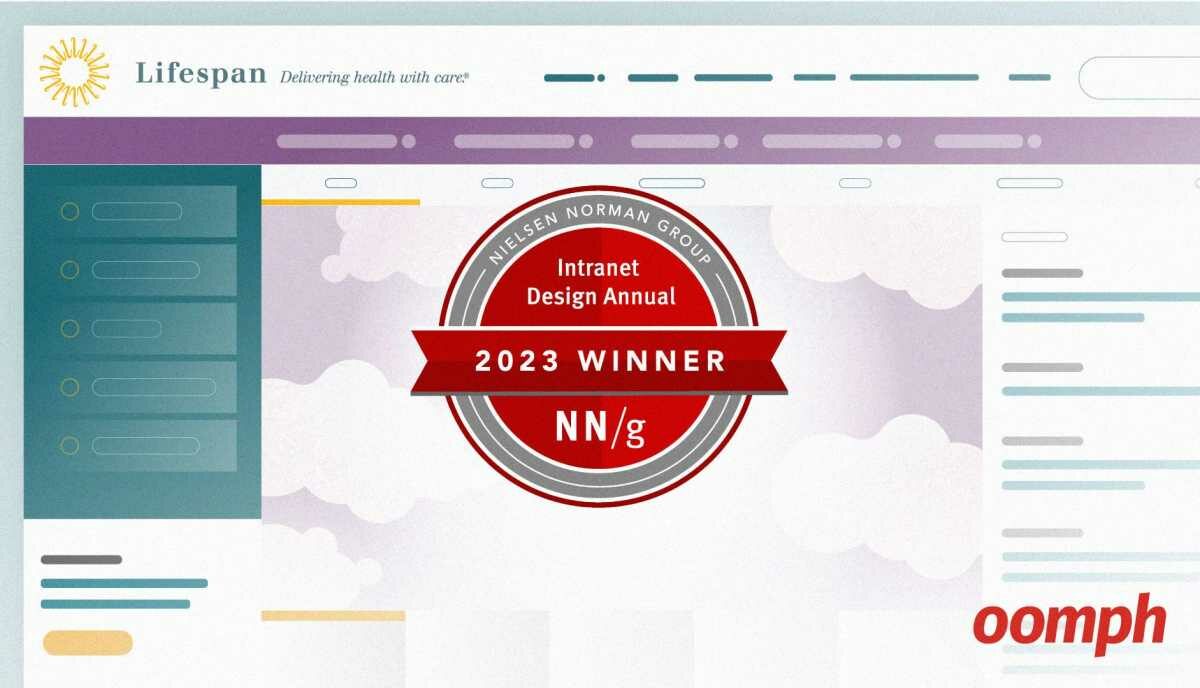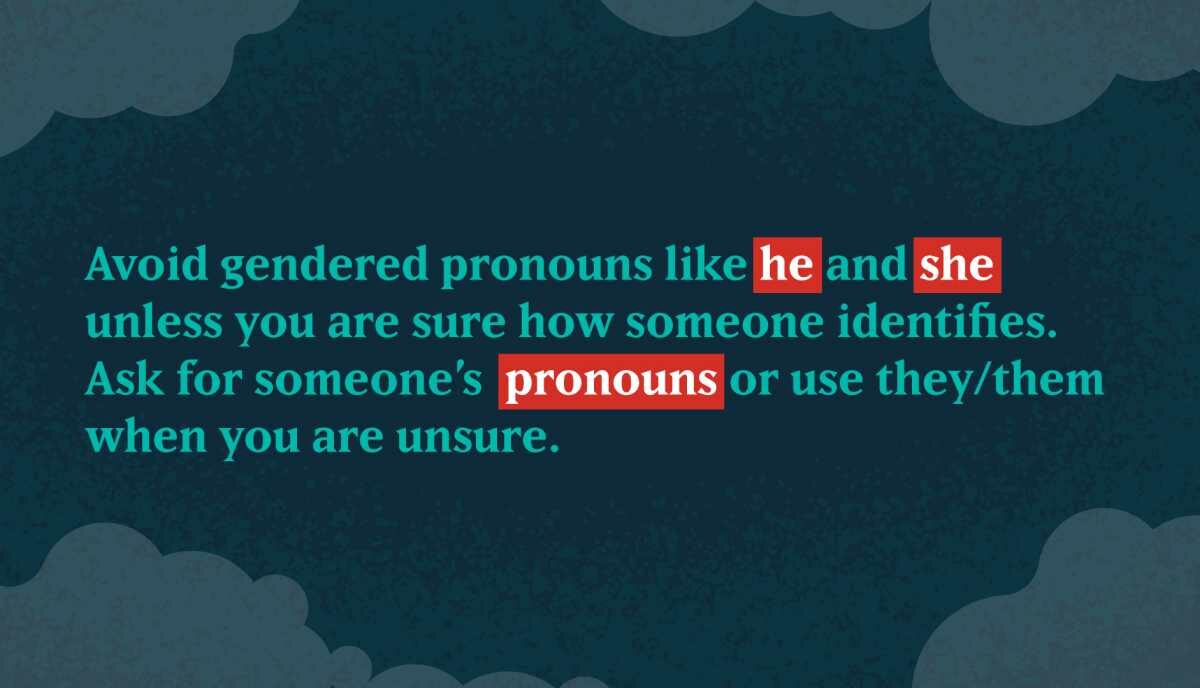How to Prevent Content from Becoming a Launch Blocker
Attention-grabbing and informative content is essential for a successful and impactful website. In our experience, content creation is the hardest part of a project build. Our great design is even better when the content is effective, so, whenever possible, we recommend working with a professional writer outside the organization. When a writer is not part of the budget, however, the job falls to the client team.
Most project teams underestimate the effort that will be required for content creation, editing, and workflow management — typically many people across many departments are required. Without the proper schedule, planning, and resource allocation, content can delay the launch of a project by weeks or more.
Why Does Content Become a Launch Blocker?
Five Common Reasons Content Becomes a Launch Blocker:
- A realistic schedule is not in place or not adhered to by internal subject-matter experts responsible for content
- The time and effort involved in managing and creating all of the content is not prioritized or estimated fully
- The effort is under-resourced — only one person is assigned to manage, create, and edit the content
- Access to the new CMS is not given early in the build, which puts a strain on the client team responsible for adding new content
- Key stakeholders are not involved until the end of the process, creating a need for last-minute revisions and changes
We are going to discuss how your team can ensure that content doesn’t become a launch blocker for any new project.
When Should You Start Planning Your Content?
The quick answer, as soon as a project is discussed. Content is often the most critical deliverable from your team on a web development project. Content can inform every phase of a redesign project, particularly the phases before and during development.
To get started in the right direction, start asking these questions of your project team:
- Conduct an audit of your current content — what are the positives, and what are the negatives? What’s Redundant, Outdated, or Trivial (a ROT analysis)?
- What does the company want to accomplish in the next six months to a year? How can content support these goals?
- How can the company effectively communicate the brand values?
- Who is the company trying to reach? What sort of voice and tone would this customer appreciate?
- How can the company maintain and strengthen relationships with existing customers?
- What common questions do customers ask? What are their pain points? How can new content answer or alleviate these points?
- What do your target customers do online, and what do they read? How can your message stand apart or should it be consistent with other experiences your customers have day to day?
- Which types of content is the company missing?
- What are the company’s competitors doing?
- Is it possible to make the content evergreen so that in a year’s time, it will still be of value?
These questions will help get the team’s gears moving and help establish your start and end dates for your content development process.
Create your Content Team
After creating a content strategy, you then need to create the content team. There are many possible roles for a content team, but our sample focuses on a small internal team structure. Team Roles can overlap in some instances — for example, one of the team’s main writers could also be a subject matter expert.
The roles for a small internal team could be:
- Subject Matter Expert (SME)
- The content should always convey authority and expertise. It’s vital to ensure the subject matter experts on your team can add credibility, detail, and trust.


- Writers or Content Producers
- Depending on the amount of content, a team might want two to three additional writers to ensure that content production is always moving forward.

- CMS Manager
- A CMS manager would be responsible for entering the finalized content into the content management system. Typically, two people can enter content, but it’s wise to have the whole team trained in using the CMS.

- Stakeholders
- Stakeholders are members of the team that may not be involved in writing or content planning but should be kept up to date on project progress. Depending on your organizational structure, their final approval might be necessary.


Set your Timeline
Timelines are tough.
It’s always hard to estimate how long something will actually take until you start doing it. And the time it takes may vary from person to person. It’s important to create goals and meet as a team to discuss progress. Writer’s block happens, and people should lean on each other to work through it.
The key elements to establish a timeline are:
- By which date is content due in site for a pre-launch hands-off, content freeze? When content writing needs to officially kick-off and if there are any dependencies.
- Double-check your content audit. Do you have any gaps in content that should be given specific consideration?
- Estimate how long each piece of content should theoretically take.
- How long is your feedback loop and decision-making process?
- When can you begin content entry? Plan to start as soon as possible.
- Will any stakeholders or departments potentially hold up content approval?
Next Steps:
An important step to take as early and often as possible is to run your timeline by all stakeholders and team members to ensure that everyone knows the plan at every step.A good example of why this is important is when a team member adds a vacation or one of the milestone change based on new company goals. It’s essential to stay ahead of these potential changes.
- Write out all key dates and phases
- What are the dates you need to hit for each content creation phase in order to deliver your content on time for further project phases?
- Determine how many rounds of review each piece of content requires
- Not all content requires the same number of review rounds, so be sure to include the number of reviews needed with the content item
- Include whether a review round is peer-review only or stakeholder related as well
- It’s also important to note if legal or any other departments need to weigh in on any of the content. Clearing content through other departments can be time-consuming, so it’s best to put that content earlier in the timeline to ensure all feedback can be provided as soon as possible
- Determine all of the content deliverables within each stage
- Include relevant items such as images, videos, documents, forms, or social media that may accompany the content
- For example, you are going to write a post on “How Our Services Can Benefit You” you would then want to include what images or other assets you’ll need for that specific piece of content
- Add dates to each content action item
- Add “drop-dead” dates if your timeline is tight or time-sensitive
- Get written sign off from the full team on their assigned content and from stakeholders on the overall timeline
Be aware your timeline will likely encounter some changes. Holding regular meetings and empowering your team to be honest about risks will help you avoid or mitigate potential timeline impacts.

Perform Reviews and Proofing
Performing reviews and thoroughly proofing your work is key to producing clear, consistent content. In a perfect world, you would subject your content to a round of developmental review, a stakeholder review, and a final review for copy editing and proofing. The developmental review helps to set you back on the right track, or it confirms your writing direction. The stakeholder review ensures that content will be approved and won’t need edits after final proofing. The final copy-editing review guarantees that your grammar, spelling, and tone are all correct.
Peer review and proofing can be handled by a singular, dedicated content editor, as discussed in the Create Your Content Team section, or you can review each other’s work. The review and proofing assignment will depend on how many team members you can have on your content team.
No matter how you decide to review and proof content, it’s crucial that you don’t skip this step entirely. Ensure your content’s voice, tone, spelling, and grammar are consistent. This will create clear, engaging content your audience will want to interact with.
Content Entry and Revisions
You’ve done it! You created all your content and had it reviewed by the appropriate parties. Now it’s approved and ready to go. It’s time to start entering it into the content management system.
Oomph provides comprehensive content management system training for every project. Training helps familiarize your team with the CMS and demonstrates how to enter content, images, and other media assets necessary for content. Oomph additionally provides training materials that can be referenced after the training session.
Be aware that content entry is another area of content management that requires more time than typically expected. It’s necessary to consider the time needed for content entry as well as any in-site revisions so that it can be fully completed before your intended launch date.
One way that content entry can take longer than expected is if the site utilizes marketing pages that are broken down into complex design components. Page-building can become more intensive layers of design are added. This complexity should be considered alongside content entry.
Once content is completely entered, plan to do a final full in-site content review. This is your opportunity to wordsmith or rework any content in the site before launch.
Post Launch: Plan and Continue Revisions
You’ve launched! Congratulations!
It’s always a great feeling to see your hard work cross the finish line. At the same time, it’s easy to re-read your work and find little pieces you want to change. The content management system will afford you the ability to go in and edit your content as these tweaks or changes arise.
Remember, a good website is never done. Technology in the site and the industry around you are continually progressing and moving forward. Your site will need to move with it to stay ahead of the curve.
I hope this information will help you find success in your next web project. For any questions or inquiries on how Oomph can help your business, please reach out to hanna@oomphinc.com or fill out our contact form.



